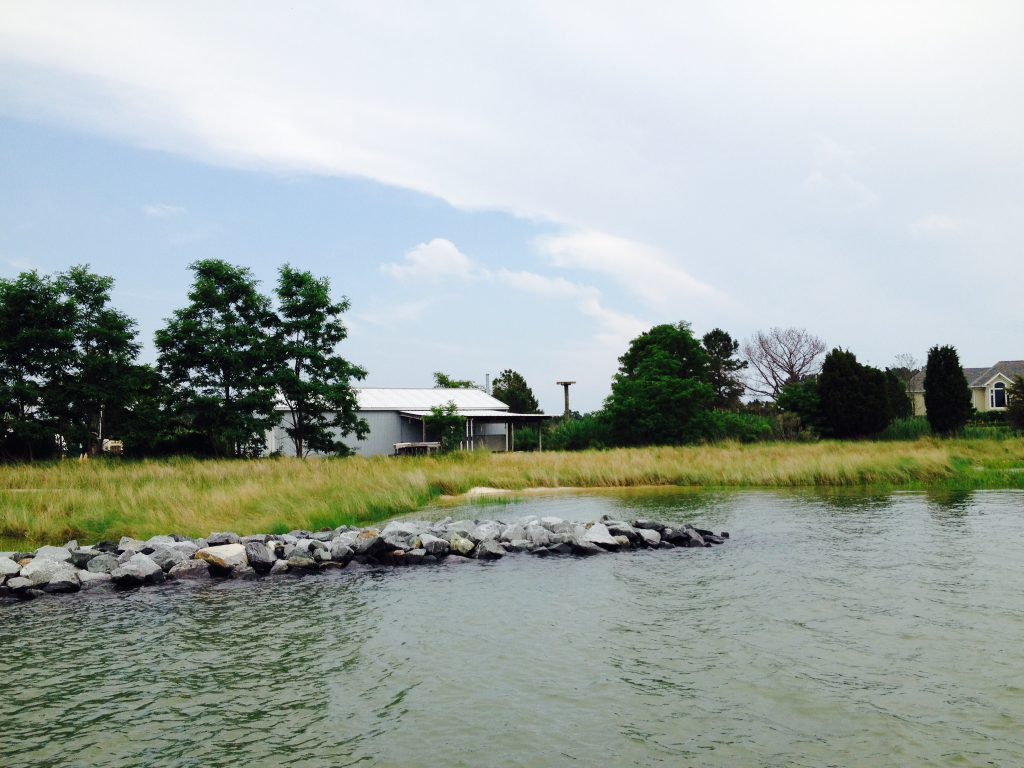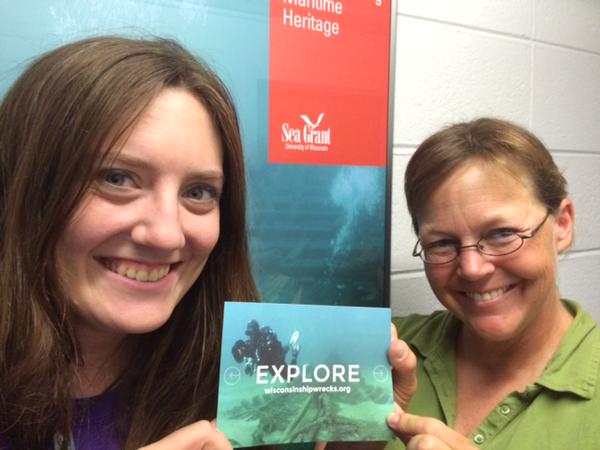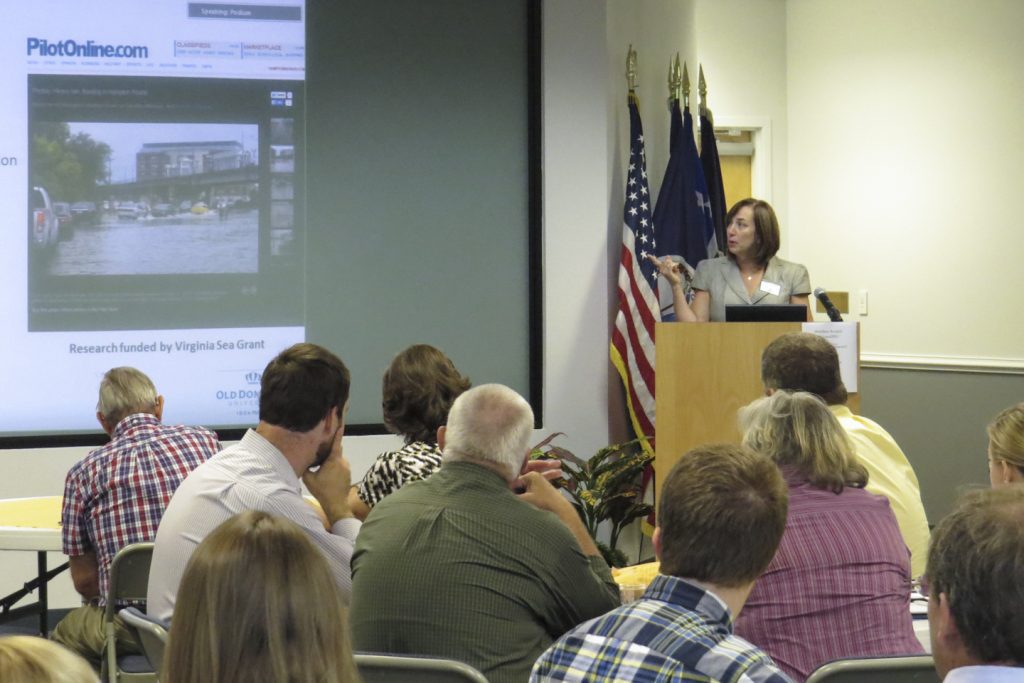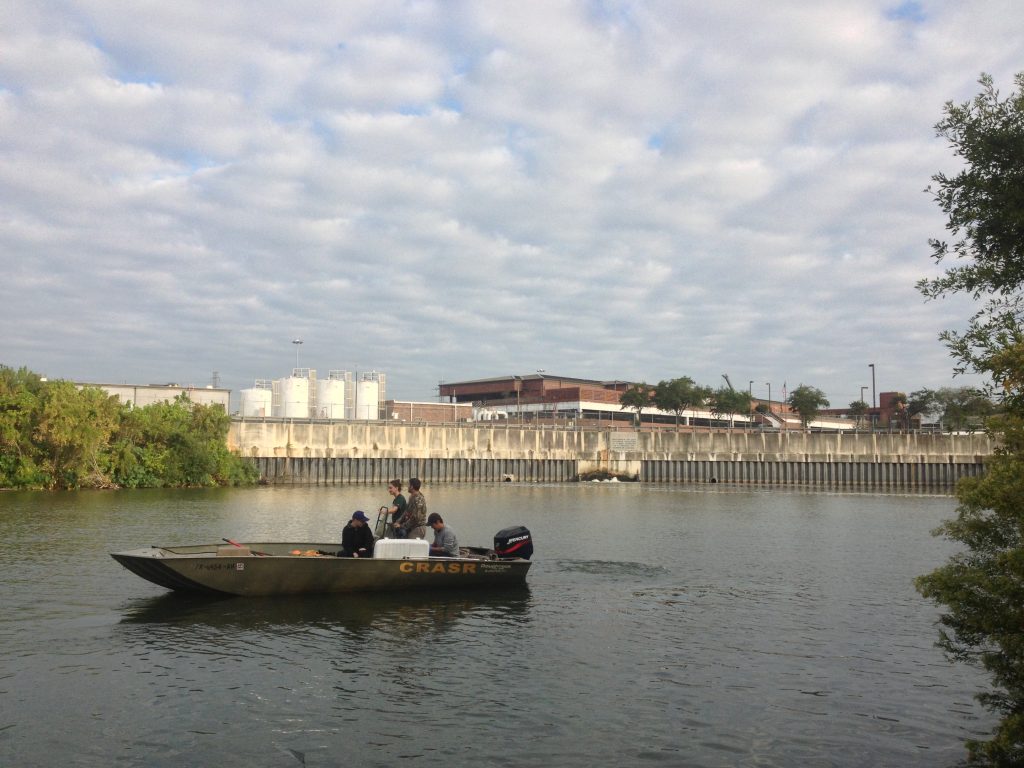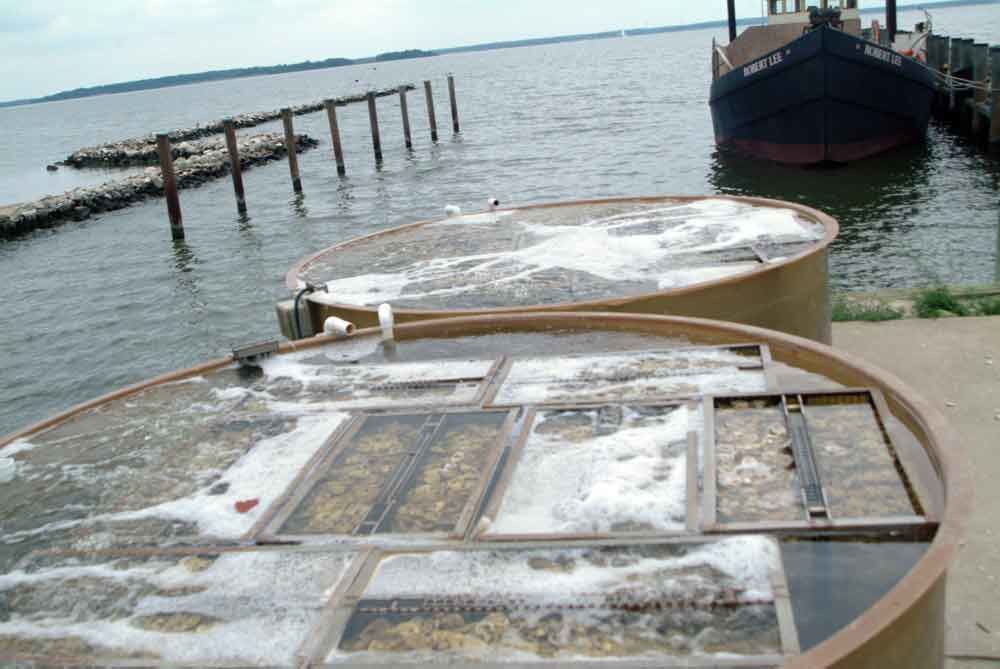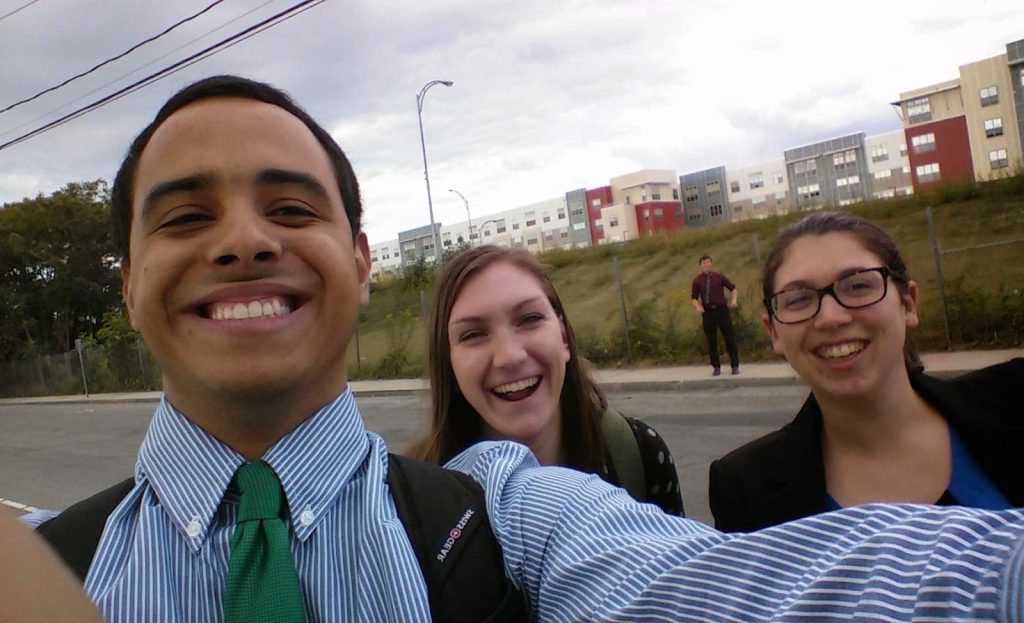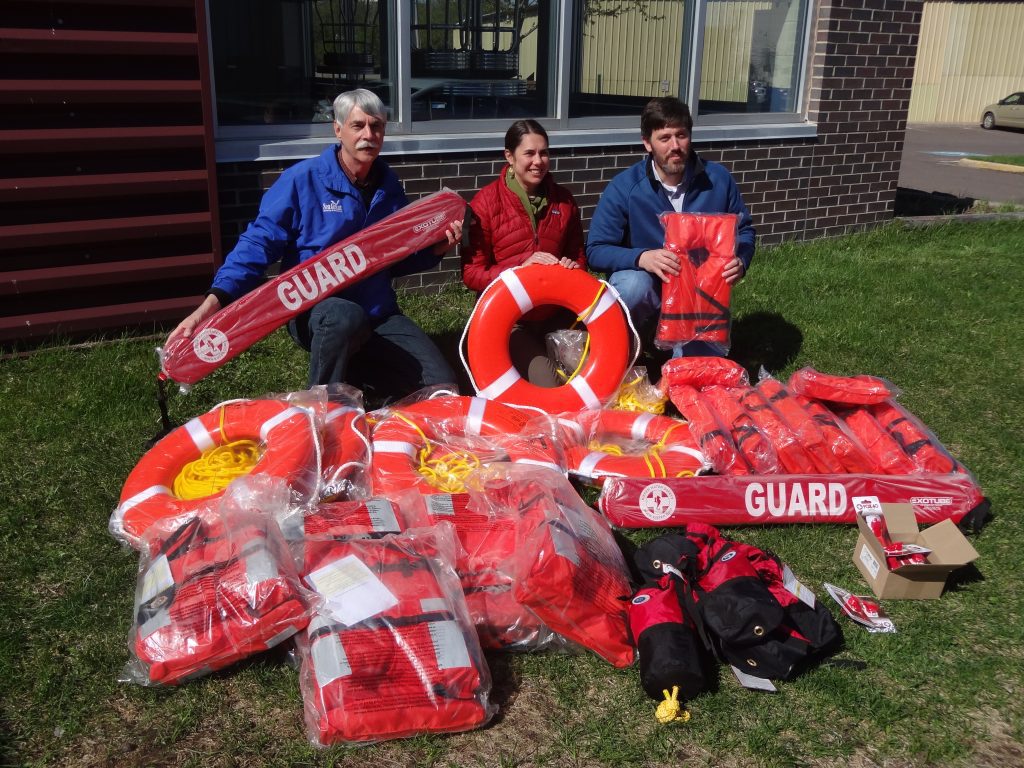Learning Lessons in Stormwater Management with Lake Champlain Sea Grant
Lake Champlain Sea Grant sponsored a trip to the University of New Hampshire Stormwater Research Center. The information being utilized by researchers and government agencies in Vermont, New York, and New Hampshire.
Learning Lessons in Stormwater Management with Lake Champlain Sea Grant Read More>










